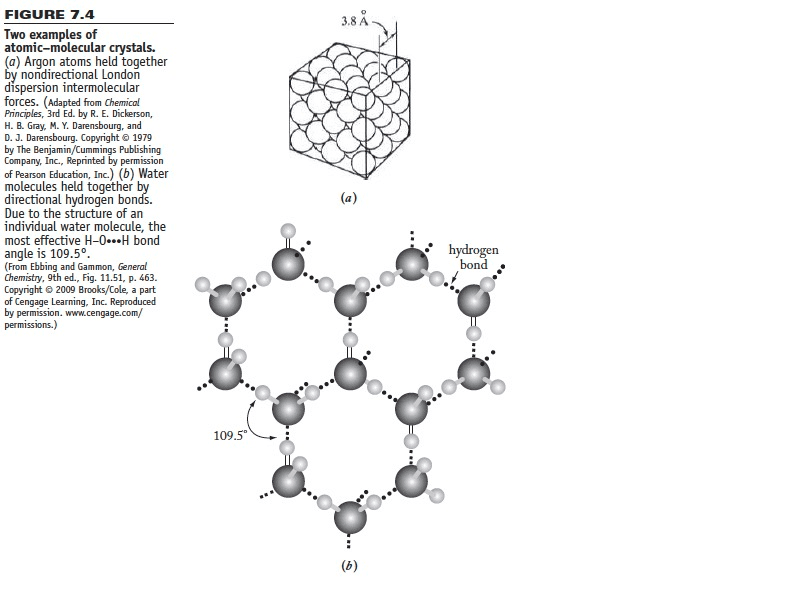CHEM 1040 Lecture Notes - Lecture 1: Chemical Formula, Stoichiometry, Atomic Number
94 views9 pages
Document Summary
Please review ebbing & gammon chapters 1, 2 and 3, sections 3. 1 3. 5. Atoms consist of protons, neutrons and electrons; are the basic building blocks of molecules and ions, e. g. , hydrogen (h), oxygen (o) and carbon (c) Isotopes one of two or more atoms that have the same atomic number but different atomic masses, e. g. , 1h, 2h (deuterium) and 3h (tritium) are all isotopes of hydrogen. Molecules are formed when atoms combine due to attractive forces, e. g. , molecular oxygen, water, carbon dioxide, ammonia, methanol (ch3oh), etc. Elements (refer to table 2. 1) can be atomic (composed of one atom) or molecular (composed of two or more atoms) Inert gases, i. e. , he, ne, ar, kr & xe. Metals, e. g. , fe, cr, ag, na, ca, etc. Note: american spelling of s is sulfur; the canadian/british spelling of s is sulphur. Diatomic indicates there are two atoms combined together, i. e. , molecular oxygen is diatomic.
Get access
Grade+20% off
$8 USD/m$10 USD/m
Billed $96 USD annually

Homework Help
Study Guides
Textbook Solutions
Class Notes
Textbook Notes
Booster Class
40 Verified Answers
Class+
$8 USD/m
Billed $96 USD annually

Homework Help
Study Guides
Textbook Solutions
Class Notes
Textbook Notes
Booster Class
30 Verified Answers
Related textbook solutions
Chemistry: Structure and Properties
2 Edition,
Tro
ISBN: 9780134293936
Basic Chemistry
5 Edition,
Timberlake
ISBN: 9780134138046
Principles of Chemistry Molecular Approach
4th Edition,
Tro
ISBN: 9780134112831
Principles of Chemistry Molecular Approach
3rd Edition, 2014
Tro
ISBN: 9780321971944
Chemistry: Structure and Properties
2nd Edition,
Tro
ISBN: 9780134293936
Chemistry: A Molecular Approach
3rd Edition,
Tro
ISBN: 9780321809247
Chemistry: A Molecular Approach
5th Edition,
Tro
ISBN: 9780134874371
Principles of Chemistry: A Molecular Approach
4th Edition,
Tro
ISBN: 9780134895741
Chemistry: The Central Science
14th Edition, 2017
Brown
ISBN: 9780134414232


